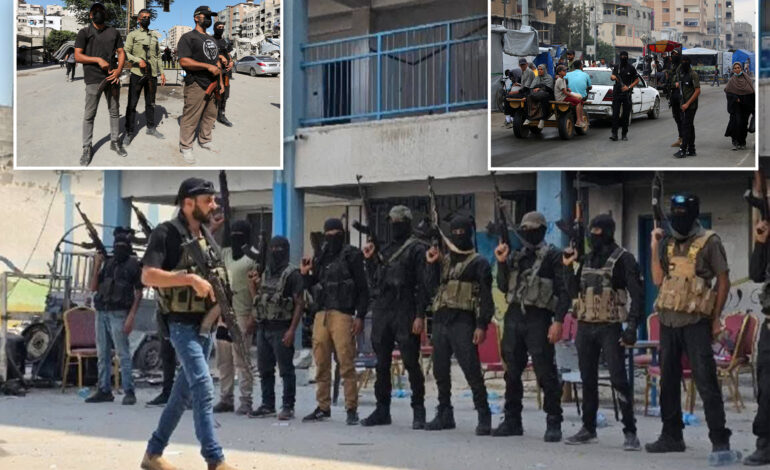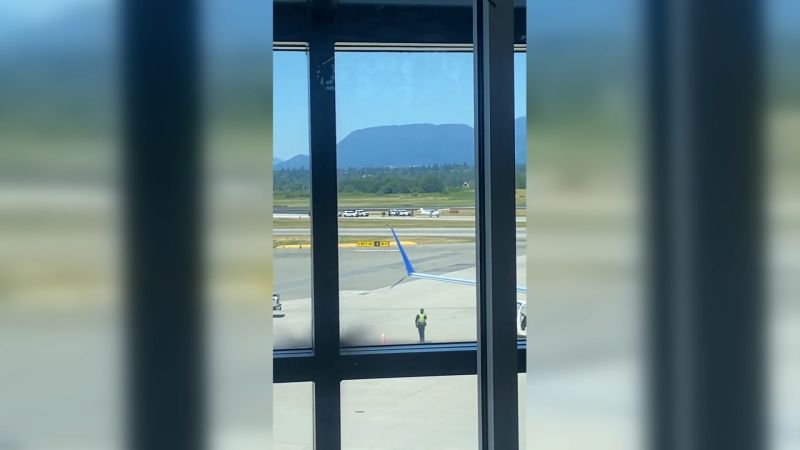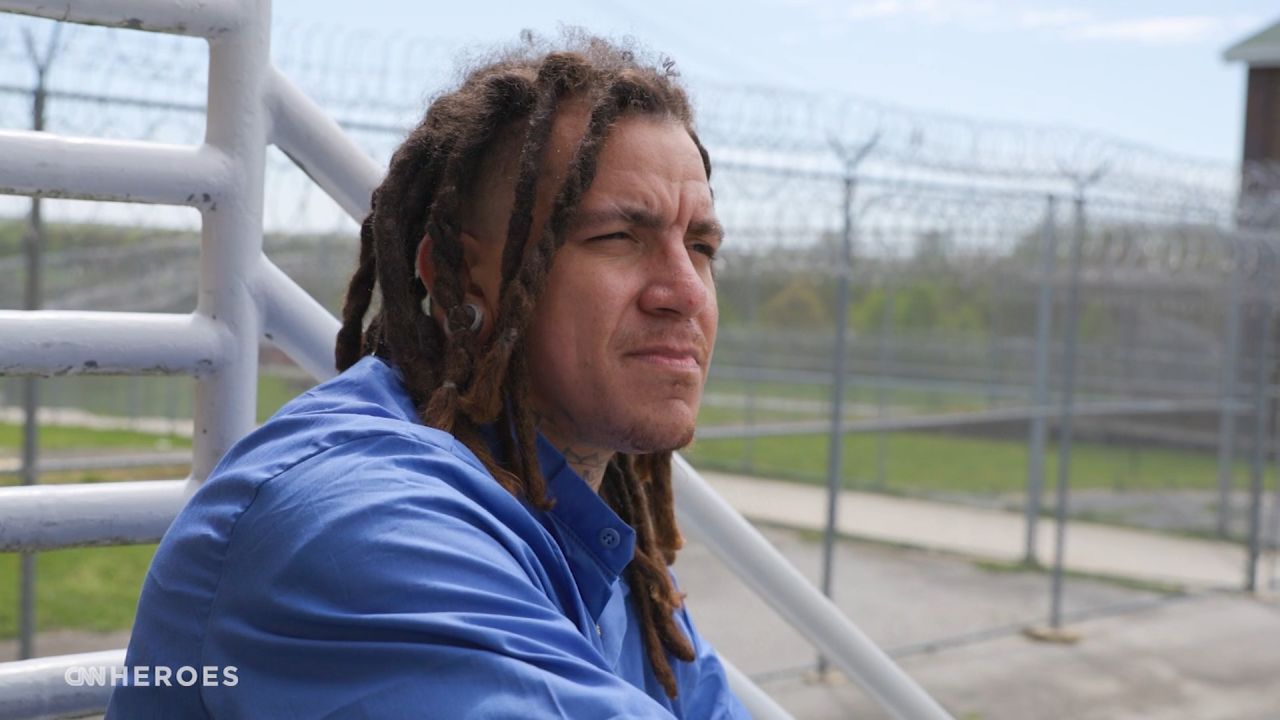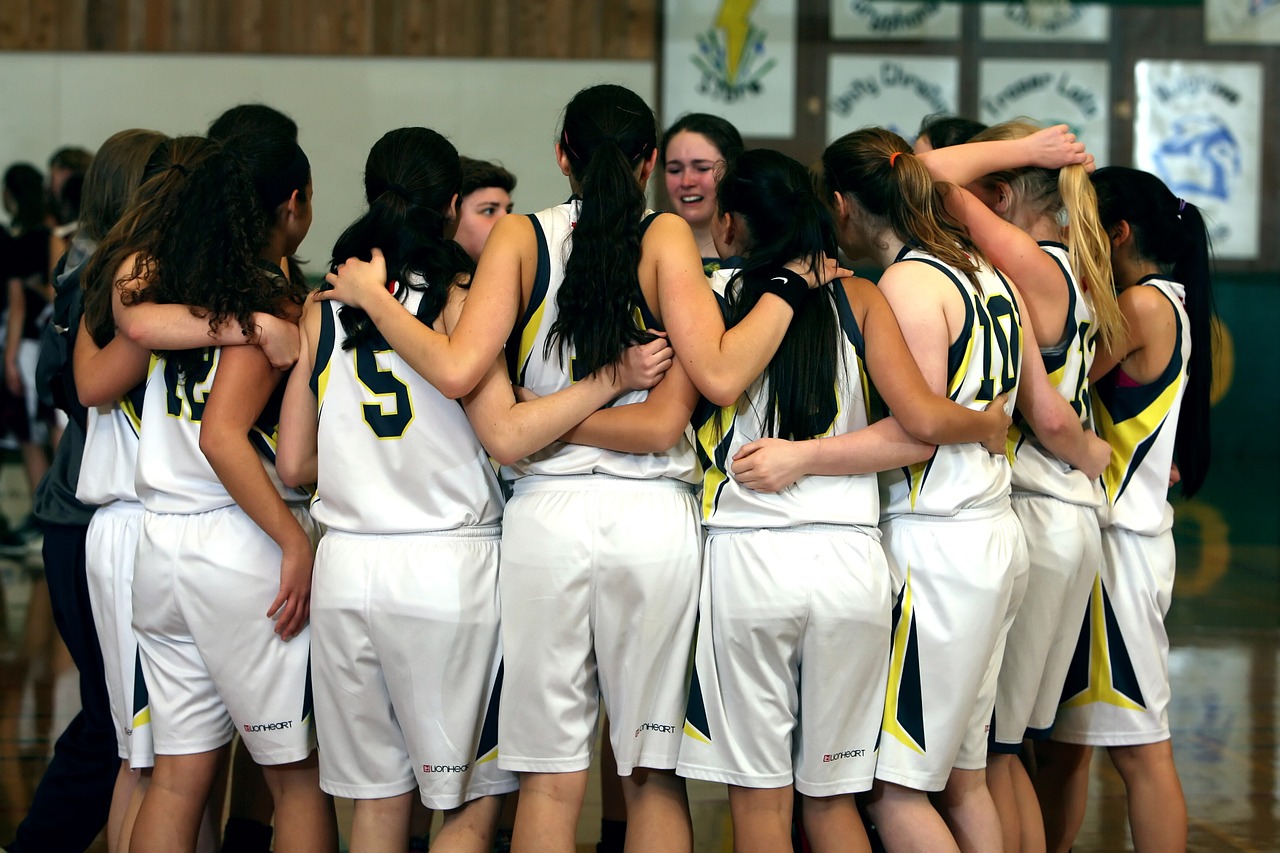Armed Clans Challenge Hamas’ Authority in Post-War Gaza

As a cease-fire takes hold in the Gaza Strip following over two years of conflict, Hamas is grappling with significant internal challenges from various armed clans. These groups are vying for influence and control in the war-torn territory, complicating the militant organization’s efforts to reassert its authority. Following a peace agreement with Israel on October 6, 2023, Hamas deployed thousands of fighters to patrol the streets, claiming to have sent around 7,000 personnel to eliminate what it terms “outlaws and collaborators.”
Yet, the landscape is far from stable. Armed gangs, including the Popular Forces, the Doghmosh clan, the Al-Majayda clan, and the Hellis, are actively resisting Hamas’ attempts to regain control. Reports indicate that some of these factions may have received support from Israel, adding another layer of complexity to the situation.
Key Players in the Gaza Power Struggle
One of the prominent figures challenging Hamas is Yasser Abu Shabab, leader of the Popular Forces militia. Operating primarily in southern Gaza, Shabab has reportedly recruited several hundred fighters, with estimates suggesting his militia comprises around 400 members. Allegations have surfaced that the Popular Forces benefit from Israeli support, with claims that Israel has supplied anti-Hamas militias with weapons. Shabab has denied these assertions, labeling them as Hamas propaganda, and has defended his militia’s actions, including looting humanitarian aid, as necessary to combat hunger in his territory.
The Doghmosh clan, led by Mumtaz Doghmosh, is another influential group within Gaza. Once aligned with the Islamic State, Doghmosh previously led the “Army of Islam,” which collaborated with Hamas in the kidnapping of Israeli soldier Gilad Shalit in 2006. Despite Doghmosh’s absence since the recent conflict escalated, his followers have engaged in violent confrontations with Hamas, resulting in at least 27 fatalities over a recent weekend. Witnesses in Gaza City described intense clashes in the Tel al-Hawa neighborhood as Hamas fighters attempted to advance against the Doghmosh defenses.
Emerging Clans and Their Alliances
The Al-Majayda clan, based in Khan Younis, is another player in this volatile environment. Under the leadership of Hussam al-Astal, the clan has clashed with Hamas forces in recent weeks. Hamas has accused al-Astal’s group of opposing its rule, calling for a crackdown on what it deems a criminal militia. Al-Astal has countered these claims, asserting that he aims to protect the people of Gaza and promising to challenge Hamas’ dominance. Interestingly, he recently expressed support for Hamas’ efforts to restore order, signaling a potential shift in dynamics.
The Hellis clan operates in defiance of Hamas, controlling parts of Gaza City’s Shejaia suburb. Led by Rami Hellis, the clan has a history of clashes with Hamas, especially since the latter took control in 2007. The Hellis are politically aligned with the Fatah Party, which governs the West Bank and has been at odds with Hamas. Their operations are more complicated by their presence in areas still under Israeli military influence, raising questions about potential support from Israel in their struggle against Hamas.
As the power struggle continues in the Gaza Strip, the implications for the local population remain dire. With violence escalating and armed groups exerting their influence, the prospect for peace and stability appears increasingly remote. The situation underscores the challenges Hamas faces in maintaining its authority, even as it attempts to reassert control in the aftermath of a prolonged conflict. The ongoing battles among these clans not only threaten Hamas but also raise concerns for the civilian population caught in the crossfire.






